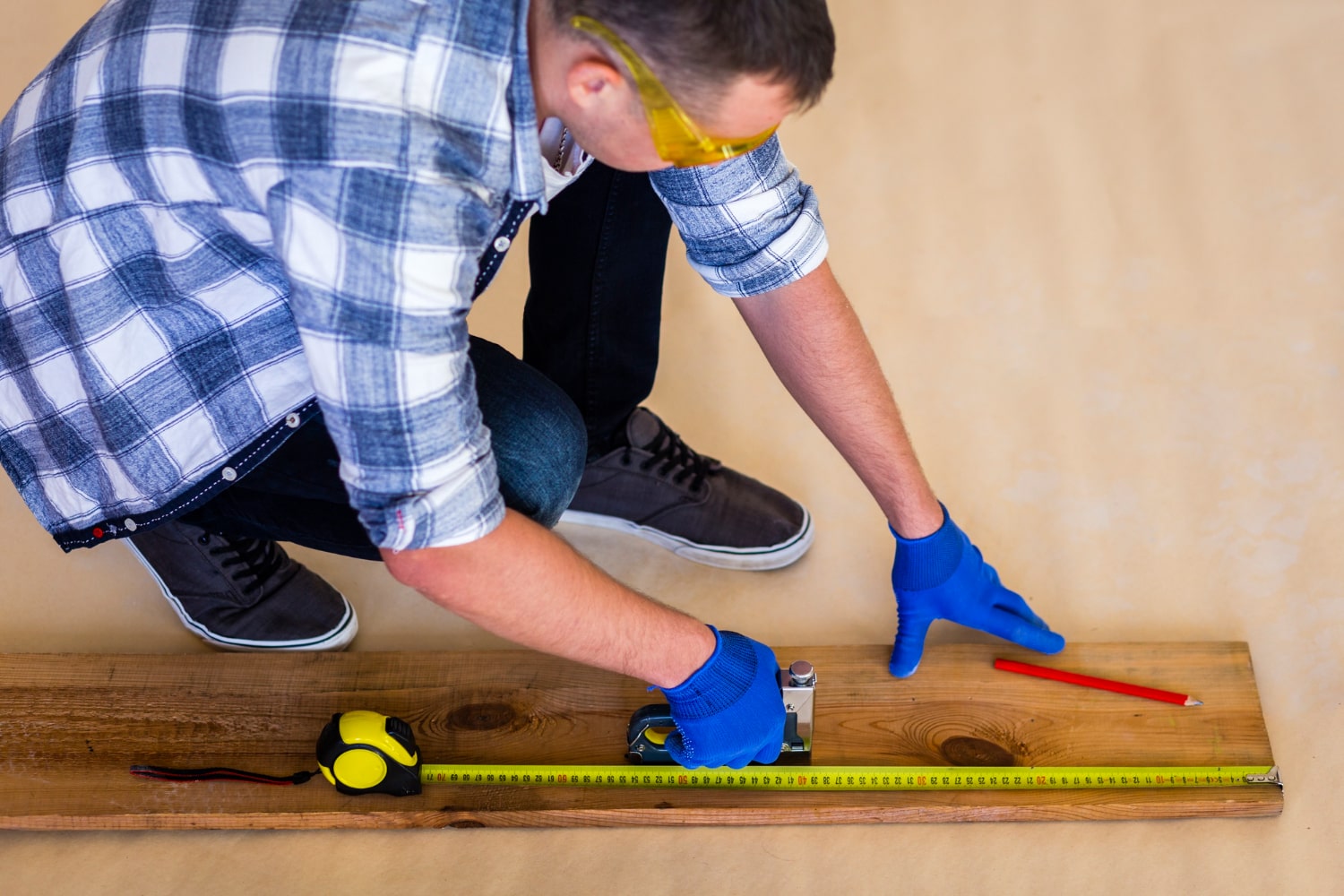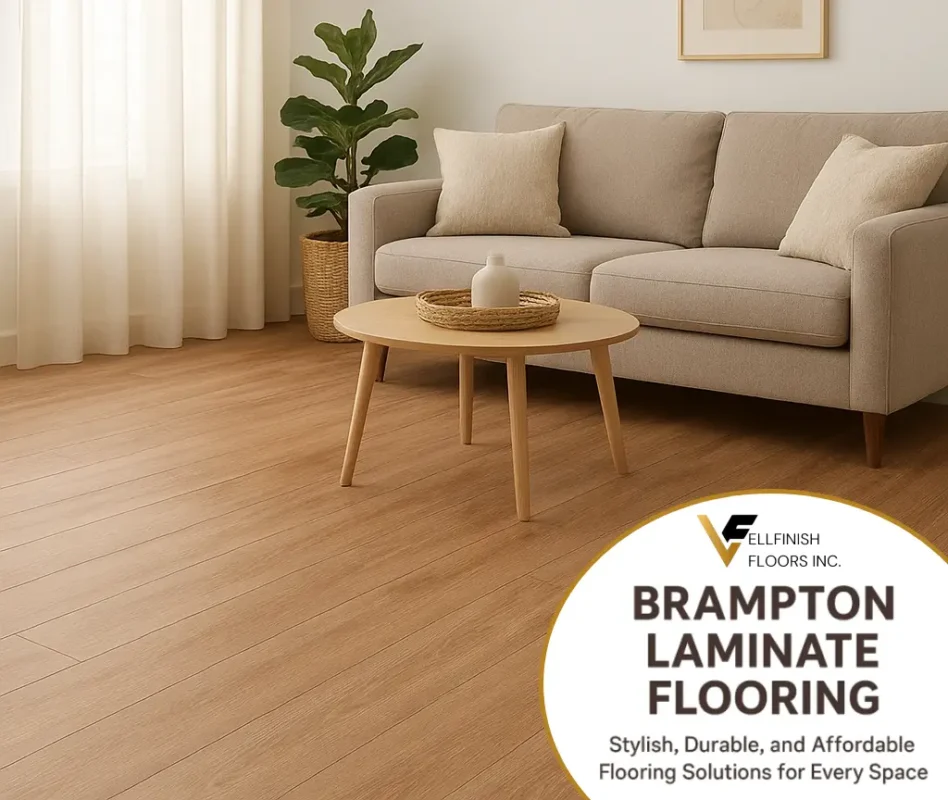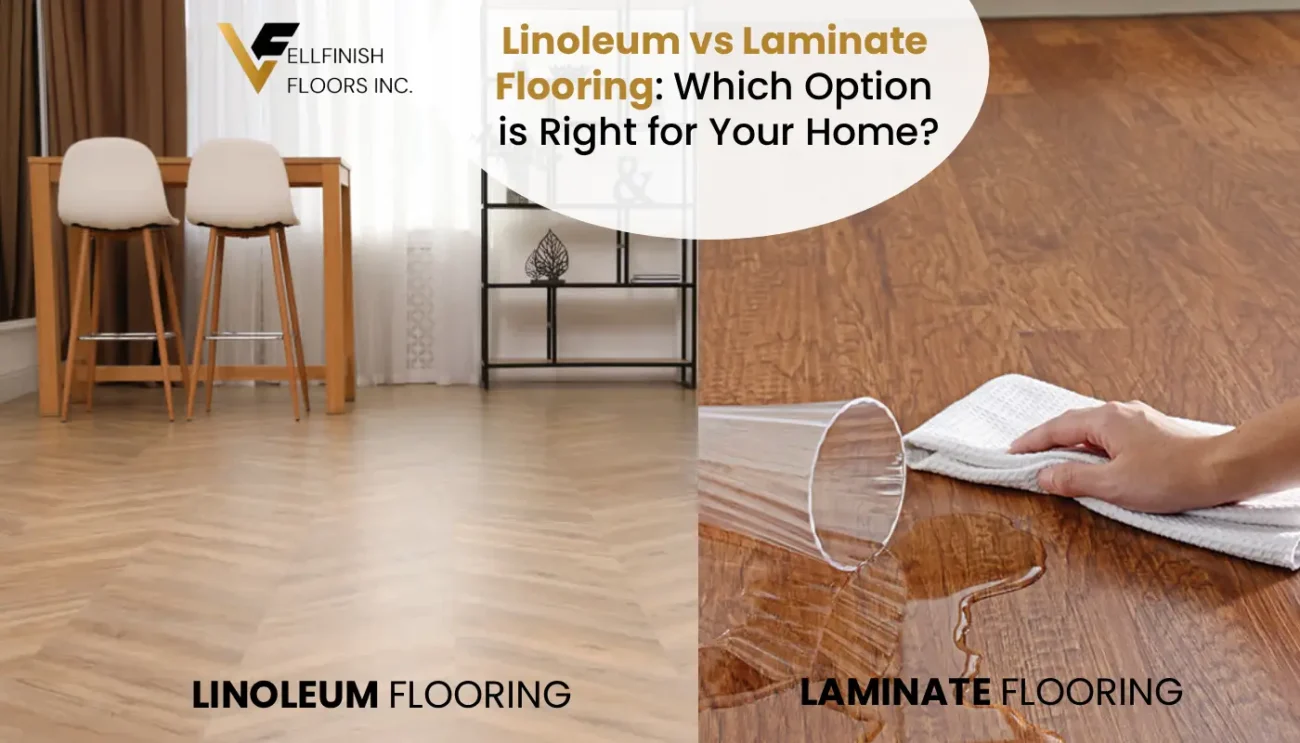Engineered hardwood flooring installation methods

Engineered hardwood flooring has become a popular desire amongst owners and contractors alike, thanks to its sturdiness, aesthetic attraction, and versatile set up techniques. Whether or not you’re upgrading your current floors or embarking on a new domestic maintenance mission, expertise the extraordinary engineered hardwood floors installation methods is essential for lengthy-lasting overall performance and beauty.
In this comprehensive manual, we’ll stroll you thru the pinnacle set up techniques, elements to recollect earlier than installation, and which method may paintings pleasant for your space.
What’s Engineered Hardwood flooring?
Engineered hardwood consists of a pinnacle layer of real hardwood veneer and more than one layers of plywood or high-density fiberboard (HDF) underneath. This layered creation makes it greater strong than solid hardwood, in particular in areas with fluctuating humidity like basements or kitchens.
Not like stable hardwood, engineered flooring offers more flexibility on the subject of set up. Relying on the product and subfloor, you may pick out from several set up strategies—each with its personal advantages.
1. Floating installation (click-Lock gadget)
What it is:
Floating set up is one of the maximum DIY-pleasant and famous techniques. The planks are not glued or nailed to the subfloor. As an alternative, they “go with the flow” over it and interlock with a tongue-and-groove or click on-lock gadget.
Key advantages:
- Quick and clean set up
- Ideal for uneven subfloors
- Suitable for over existing flooring (like tile or vinyl)
- Allows growth and contraction
Pleasant For:
- DIYers
- Condos or condominium devices
- Areas with moderate to slight traffic
Seasoned Tip:
Continually use a best underlayment for introduced consolation, noise discount, and moisture safety.
2. Glue-Down installation
What it is:
In this method, a robust adhesive is spread immediately onto the subfloor, and the engineered wood planks are laid on pinnacle. The glue bonds the planks to the floor, making the floor greater strong and at ease.
Key benefits:
- Stable experience underfoot
- Remarkable sound insulation
- Less motion or shifting over time
Satisfactory For:
- Concrete subfloors
- Areas with radiant heating
- High-visitors zones
Pro Tip:
Ensure the subfloor is stage and easy before applying adhesive. The use of a moisture barrier is suggested whilst putting in over concrete.
3. Nail-Down set up
What it is:
Nail-down set up involves fastening the planks to a wooden subfloor the use of nails or staples. This method is similar to how traditional stable hardwood is hooked up.
Key advantages:
- Strong and comfy attachment
- Classic hardwood feel
- No need for adhesives
Great For:
- Plywood or OSB subfloors
- Permanent installations
- Upper ranges of a home
Pro Tip:
Avoid using this technique on concrete slabs or in below-grade rooms, as moisture may compromise the nails or staples through the years.
4. Staple-Down set up
What it is:
Very similar to nail-down, however makes use of staples rather than nails to fasten the flooring. The technique is quicker and often taken into consideration less complicated than nailing.
Key blessings:
- Faster than nailing
- Good for engineered flooring with thinner profiles
- Robust bond with wood subfloors
High-quality For:
- Wooden subfloors
- DIYers with flooring nailer/stapler equipment
Pro Tip:
Spacing and alignment are key. Misaligned staples can reason uneven planks or creaking noises.
5. Twin Glue + Nail approach
What it’s far:
For remaining stability, especially in industrial spaces or wide planks, some professionals use each glue and nails. The glue presents added hold at the same time as the nails comfortable the planks in region.
Key blessings:
- Most balance
- Splendid for wider boards which could shift
- Reduces chances of creaking or motion
Great For:
- Huge plank engineered hardwood
- High-site visitors regions
- Industrial installations
Pro Tip:
This method is quality left to professional installers due to the extent of precision and exertions required.
Elements to remember earlier than selecting a way
Before you commit to a particular installation method, bear in mind the subsequent elements:
- Subfloor kind: Concrete, plywood, and tile every assist one-of-a-kind methods.
- Room region: Basements may additionally require floating or glue-down; upper degrees may choose nail-down.
- Moisture level: Rooms with excessive humidity need moisture-resistant methods like floating or glue-down with boundaries.
- DIY vs expert: a few methods are greater DIY-friendly, while others require professional tools and enjoy.
- Budget: fees vary depending at the set up type and prep paintings required.
Conclusion
Engineered hardwood floors is one of the maximum adaptable floors options to be had nowadays. Whether you opt for a floating, glue-down, nail-down, or a hybrid approach, there’s a technique that suits your unique undertaking wishes. Every installation technique has its benefits, and know-how them allows make certain your flooring appearance beautiful and carry out well for future years.
If you’re unsure which technique to select, seek advice from a professional flooring installer who can investigate your area and advise the great alternative based totally to your subfloor, way of life, and lengthy-term dreams.














